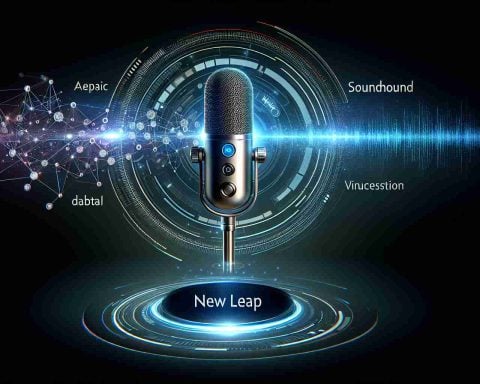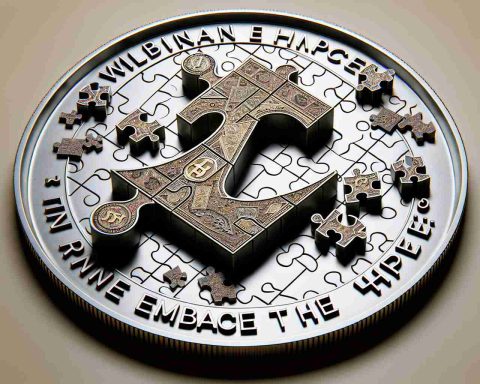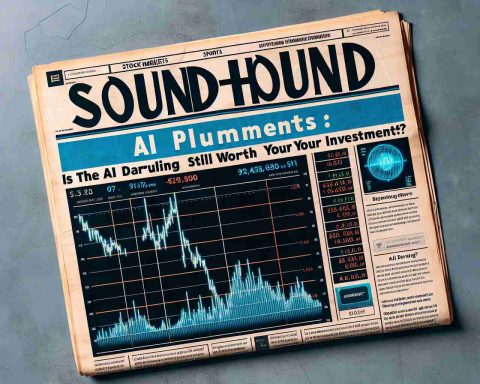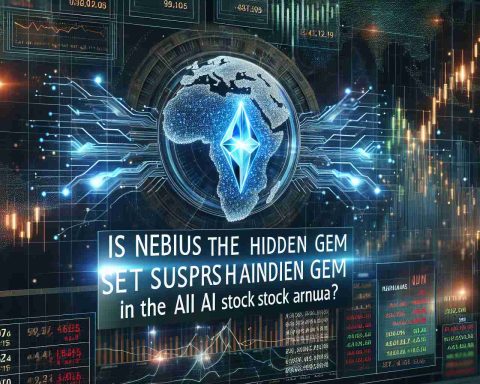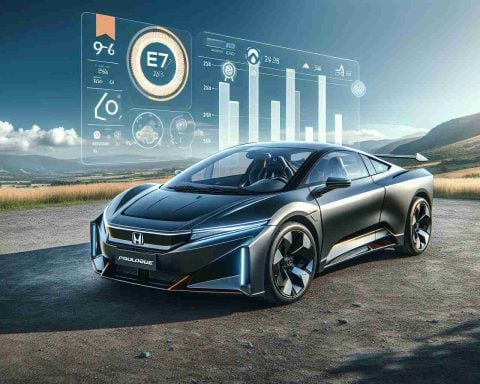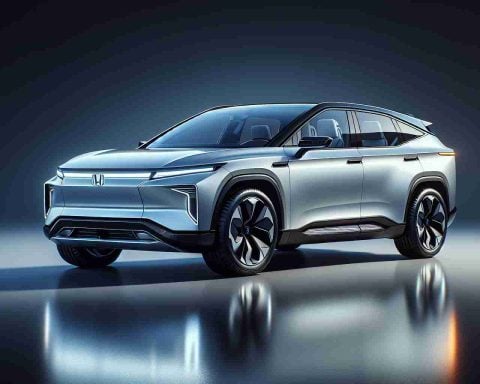- Electric vehicles face the challenge of creating a sustainable battery cycle, crucial for eco-friendly transportation’s future.
- Altilium, a UK startup, innovatively recycles battery components into cathode materials, cutting CO2 emissions by 70% and costs by 20%.
- Munich-based tozero advances recycled graphite production using a hydrometallurgical process, aiming for “net zero” emissions.
- EU regulations will require recycled content in EV batteries by 2030, emphasizing the timeliness of these innovations.
- The startups help reduce reliance on China’s supply chain, fostering a greener, more resilient global market.
- Supported by companies like SQM and Honda, these startups exemplify that sustainability aligns with innovation in electric mobility.
Electric vehicles, often heralded as the future of transportation, grapple with a looming challenge: creating a sustainable cycle for the batteries that power them. In the heart of Europe, two startups are rewriting the rules of the game, paving the way for an eco-friendlier era and shaking the foundations of a China-dominated supply chain.
In Britain, the startup Altilium emerges as a beacon of innovation. Mastering the alchemy of recycling, it transforms spent battery components into powerful cathode materials, rich in precious elements like lithium, cobalt, and nickel. This innovation does more than reduce reliance on freshly mined resources; it promises a dramatic 70% dip in CO2 emissions and slashes costs by 20%.
Meanwhile, across the continent, Munich-based tozero is redefining the narrative around graphite—an often-overlooked pillar of lithium-ion batteries with a heavy carbon footprint. Leveraging an advanced hydrometallurgical process, tozero edges closer to a “net zero” promise, striving to produce thousands of tons of recycled graphite annually by 2027.
With the European Union’s upcoming regulations mandating recycled content in EV batteries by 2030, these breakthroughs couldn’t be more timely. As Altilium and tozero set the pace, the specter of dependency on China recedes, making room for a greener and more resilient global supply chain.
Backed by powerhouses like SQM, Marubeni, and Honda, these startups are not just experimenting; they’re leading a revolution. Their efforts demonstrate a vital truth: sustainability need not come at the cost of innovation. As the world inches toward electric mobility, the work of these companies assures that the path is not just inevitable, but also sustainable.
How Two European Startups Are Revolutionizing Battery Recycling and Transforming the EV Landscape
How-To Steps & Life Hacks
1. Battery Recycling Process:
– Collection and Sorting: Gather end-of-life batteries and sort based on chemistry.
– Processing: Use hydrometallurgical methods to extract critical metals, including lithium, cobalt, nickel, and graphite.
– Refinement: Refine extracted materials to meet the purity standards necessary for new battery production.
– Production: Synthesize battery-grade cathode materials and graphite.
2. Eco-Friendly Upcycling Tips:
– Partner with Local Agencies: Collaborate with local authorities and recycling centers to streamline battery collection.
– Promote Consumer Awareness: Educate consumers about recycling programs and the environmental impact of battery disposal.
Real-World Use Cases
– Automotive Industry: Automotive giants can utilize recycled battery materials to meet EU regulations, thereby decreasing costs and environmental impact.
– Consumer Electronics: The process can be adapted for smartphones and laptops, fostering a circular economy in electronics.
Market Forecasts & Industry Trends
– By 2030, the global recycled battery market is projected to grow significantly due to EU regulations and increasing sustainability demands.
– Trends indicate a shift toward regional supply chain resilience, mitigating dependency on battery material exports.
Reviews & Comparisons
– Altilium vs. Tozero:
– Strengths: Altilium focuses on cathode materials with notable CO2 and cost reductions; Tozero excels in sustainable graphite production.
– Weaknesses: While innovative, scaling operations to meet demand remains a challenge for both companies.
Controversies & Limitations
– Technical Challenges: While promising, the hydrometallurgical process can be energy-intensive, and achieving full scalability remains a hurdle.
– Supply Chain Dynamics: Transitioning from a China-dependent supply chain could face resistance from traditional market players.
Features, Specs & Pricing
– Altilium: Offers a 70% reduction in CO2 emissions and 20% cost savings in cathode materials.
– Tozero: Aims for “net zero” graphite recycling with plans to produce thousands of tons annually by 2027.
Security & Sustainability
– Both companies emphasize closed-loop recycling processes, ensuring sustainable material sourcing and production.
– Backed by industry leaders, Altilium and Tozero exemplify commitment to reducing urban mining’s impact on the environment.
Insights & Predictions
– Future of Battery Recycling: Expect increased governmental support and partnership with established automotive brands, driving more investment into battery recycling technologies.
– Expansion in Other Regions: North America and Asia could witness similar startups to reduce global dependency on virgin material mining.
Pros & Cons Overview
– Pros:
– Significant CO2 reduction
– Cost savings in new battery production
– Mitigation of supply chain risks
– Cons:
– Initial capital investment for technology development
– Potentially slower scaling compared to established mining operations
Actionable Recommendations
– For Startups: Focus on partnerships with automakers to ensure demand for recycled materials and initiate pilots to demonstrate sustainability promises.
– For Consumers: Participate in battery recycling programs and advocate for legislation that supports recycled content in electronic devices.
For more on sustainable technology and innovation, visit the Forbes.










